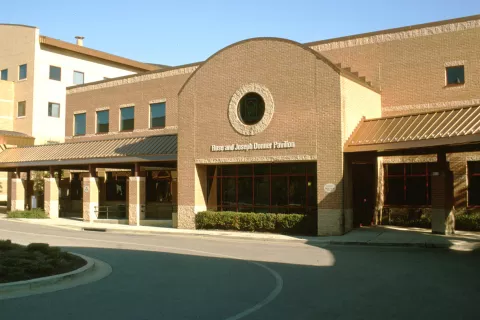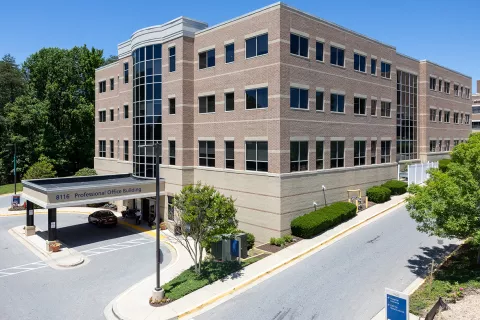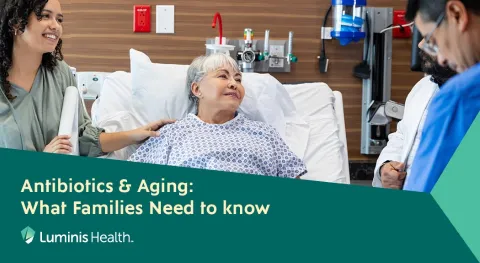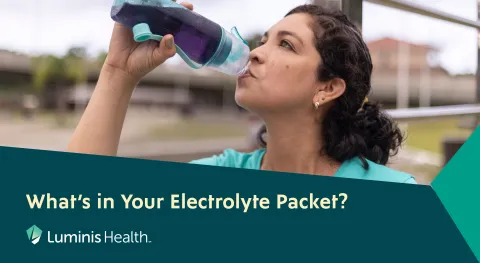Radiation therapy isn’t only for cancer. It can treat a number of non-cancerous conditions, too. At Luminis Health, our low-dose radiation therapy (LDRT) program for benign conditions offers a non-invasive treatment option that’s safe and effective.
"Low-dose radiation therapy is a noninvasive option that targets the affected tissues in these benign conditions. It helps reduce cell growth, inflammation, and pain while promoting healing and preventing recurrence."
-- Dr. Amar Rewari, Chief of Radiation Oncology and Medical Director of the LDRT Program at Luminis Health.
What is Low-Dose Radiation Therapy (LDRT)?
Lose-dose radiation therapy, or low-dose radiotherapy, helps reduce pain and stiffness caused by inflammatory and degenerative conditions of the tendons, joints and other soft tissues. It uses targeted X-rays to turn on the body’s anti-inflammatory response, which helps relieve symptoms and restore movement.
Benefits of LDRT
LDRT can be a good option for people with mild, early-stage inflammatory and degenerative conditions who haven’t been helped by conservative treatments and want to avoid surgery. Treatment with low-dose radiotherapy is painless and performed quickly. Each session lasts about 10 minutes, and sessions are typically performed two to three times a week. Choosing to have low-dose radiation therapy also doesn’t eliminate surgery or other treatment options for you down the road.
Curious about how Low-Dose Radiation Therapy can help with benign conditions? Watch our video to learn more about this innovative treatment and how it could benefit you!
Contact Us
Email: [email protected]






